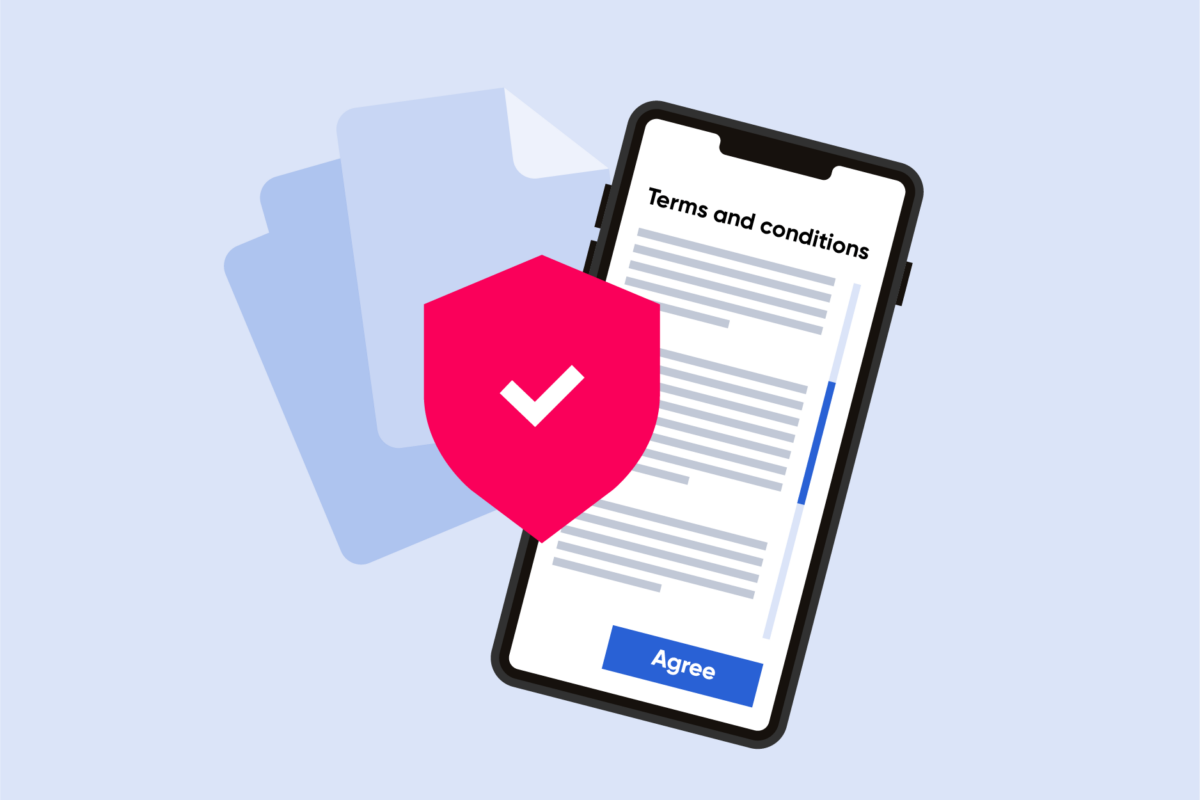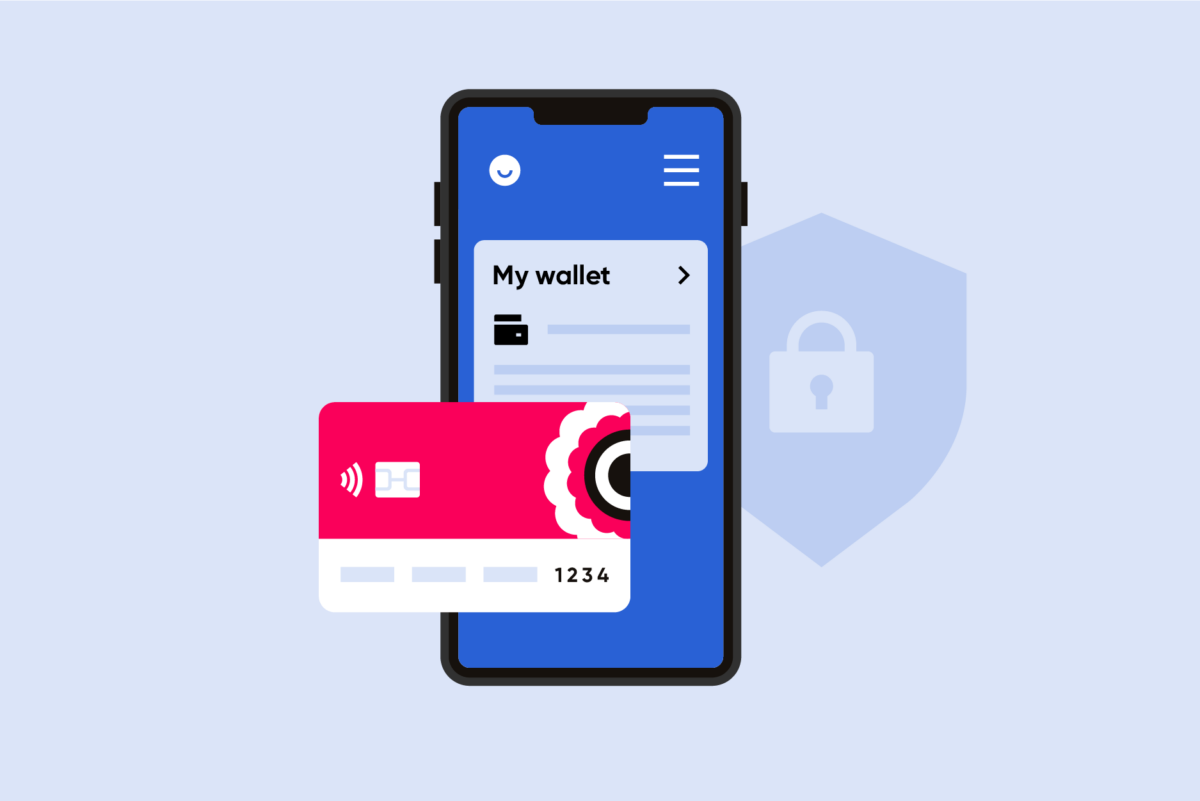Contents
You’ve poured your energy, time, and significant investment into creating a platform that bridges eager sellers with curious buyers. Yet, the journey has just begun.
It’s time to shift from attracting eyeballs to cultivating a thriving community of engaged and loyal customers. Your next adventure? Wooing your visitors into becoming steadfast buyers and creating a profitable and cherished marketplace by its users.
Let’s look at the elements that promise to skyrocket your customer retention rates.

Introduction: Why qualify sellers?
But first, we need to start with a quick definition. Qualifying sellers is a process that ensures high-quality sellers and products are available in your marketplace. This, in turn, guarantees that your users will have a great and safe experience on your platform.
But first, let’s start with a quick definition. Qualifying sellers is a process that ensures high-quality sellers and products are available in your marketplace. This, in turn, guarantees that your users will have a great and safe experience on your platform.
So, why is this important to you? Well, we know from experience that the most critical marketplace performance metrics are directly affected by how you qualify sellers on your marketplace.
Trust & safety
Qualifying sellers is essential to ensure your users are safe on your platform. Our experience at Besedo is that keeping harmful content and behaviors away from your website, such as scams, prostitution, money laundering, identity theft, etc., is fundamental to a thriving online marketplace. It might sound like a no-brainer, but this creates a platform that users will want to return to again and again.
Ensuring your users feel safe and sound on your platform is like hosting a party – you want to make sure you invite the right crowd. At Besedo, we’ve seen firsthand how crucial it is to keep the party crashers – think scammers, dodgy dealings, and identity thieves – at bay. After all, creating a space where everyone can relax and have fun is what keeps folks coming back for more.
It’s easy to forget that online marketplaces and the world of sharing and swapping are still new for many people. Some might even think you’re behind your platform’s products or services. If any hiccups happen, they’ll be looking to you for solutions. So, it’s essential to be ready to step in and help.
Building trust is like building a friendship. Communication is key! It’s all about making sure your users are in the loop about how things work on your marketplace and who’s responsible for what. You can keep the lines of communication open with:
- Friendly reminder emails
- A helpful chat-bot buddy
- Pop-up info that is truly helpful
- Clear terms of service
- A privacy promise they can trust
- Return or cancellation info
Besides the issue of transparency, all the points we will cite later in this article help you build up users’ trust in your marketplace.
Survey Says
In our recent qualitative user study, we found that 80% of marketplace users have at some point avoided purchasing a product due to concerns about the trustworthiness of a listing.
User experience

The experience your users have with your online marketplace directly impacts your key performance metrics, such as conversion and retention rates. Make sure you rid your platform of UX threats such as rude and hate speech, unwanted nudity, poor descriptions, or duplicate content, amongst others, to watch out for to keep your users happy and engaged.
You must speak your buyers’ language and provide a straightforward order purchase and tracking system. By offering a seamless experience, a straightforward buying process, and a welcoming vibe, you’ll build trust and see buyers coming back time and again.
Conversion and retention
By qualifying sellers on your marketplace, you will increase the quality of your inventory, your sellers, and your UX, which will, in turn, positively affect two key KPIs: conversion and retention.
Content and behavior
Keep low-quality user-generated content and harmful behaviors off your online marketplace by qualifying your sellers.

Content moderation
From the get-go, keep a keen eye on listings in your marketplace. No matter what you offer, your reputation hinges on the quality of providers you onboard. Implement a robust moderation process for listings to maintain top-notch offers.
Stay vigilant; don’t let your marketplace be a breeding ground for scams.
- Identify low-quality content and damaging behaviors currently visible on your online marketplace. Consider the type of platform you’re running, then define which content and behaviors are acceptable and unacceptable on your site.
- Where do you find harmful behavior and content on your site? Have a look at your site’s functionalities. Listings, profiles, and chats are the usual spaces to spot unwanted content. However, your platform is unique. Therefore, consider any other areas you might need to moderate.
- Investigate which content moderation methods suit you best to remove and prevent poor content and behavior. Your budget, volume, and scope will dictate your needs.
Moderation of user registration
When registering and onboarding your users, you can filter out potential threats right away. Look out for uploaded profile pics; the text in the user presentation can also give away clues. Always filter out the bad sellers and fraudulent buyers.
Guidelines and rules
- Provide clarity for your content moderation team. Your moderation team needs to understand what is OK and what is not OK in terms of content and behavior on your site to achieve a consistent, accurate, and efficient moderation effort.
- When operating on your marketplace, keep your users informed of what’s OK and what’s not. Well-informed users will contribute with positive behavior and high-quality content, making your site pleasant.
Seller onboarding: Required fields
- Listing quality: Seller-required fields ensure that all sellers on your marketplace have sufficient information to sell on your site. This helps streamline the purchasing process, as all relevant information is available to your buyers. In turn, this leads to improved conversion rates. For example, a car without a milage figure would extend the purchasing process, decrease buyer UX, and potentially diminish user trust.
- Listing consistency: Required fields will improve the consistency of your inventory and create a better user experience by enabling them to navigate and browse between well-structured listings across your site.
Reviews and ratings

Reviews and ratings can be very effective tools when qualifying your sellers, especially from a buyer’s point of view. A review can make or break a seller, so having a well-functioning reviewing system in place
will increase seller engagement and content quality.
- Good reviews: A good review is only sometimes positive. But the key is to remove foul language, harassment, or blasphemy. This can be done efficiently by AI or automated filters.
- Genuine reviews: What you want for your marketplace is not only 5-star reviews but genuine reviews. A simple way to achieve that is to allow only legitimate buyers to leave a review.
- Improve your UX: By encouraging users to leave reviews and ratings. Airbnb has been cleverly doing this. The buyer and seller need to review each other before they can read their counterpart’s review, resulting in more reviews, better UX, and increased trust.
Reviews Rule Marketplaces
A Besedo survey discovered that 86% of all users consider reviews to be important for trusting a listing.
Verification

Verification processes for online marketplaces still need to be found. Still, it’s worth mentioning, as it can be a helpful tool to qualify your sellers.
Verification processes
- User ID verification: By using ID verification to review your sellers, you can ensure they are who they say they are. You’ll likely need to collaborate with local authorities, which could be a challenge but a useful one.
- Product ID verification: This is a clever way to help prevent illegal products on your site. For example, dogs in some countries have a unique ID number. Run the number against a central database, and you will, at least, increase the difficulty of selling illegal dogs on your site.
- Verify knowledge and expertise: Have sellers confirm their expertise by providing relevant licenses and certificates. For instance, an Uber-like platform needs to verify the driving licenses of its drivers.
Secure payments

Marketplaces are unique e-commerce entities; understandably, payment security remains a top concern for many buyers. While online shopping is popular, some are still hesitant. Given that marketplaces have a slightly more intricate shopping process than traditional online stores, you have to educate and comfort potential buyers about payment methods on your platform.
Choosing a trusted payment system is crucial. Beyond ensuring secure transactions (think encryption), your payment mechanism must cater specifically to marketplace dynamics, incorporating an escrow system.
Here’s how it works: Users make a ‘pre-payment’ for their order. After the seller confirms, your specialized payment provider holds this amount in escrow. Once the service is rendered or the product received, the funds are released— the seller gets paid, and you take your cut if applicable.
The perks of this escrow system include:
- Assuring sellers they’ll receive payment post-transaction due to the upfront commitment.
- Giving buyers peace of mind, knowing they can retrieve their funds if the order isn’t fulfilled.
- Reducing last-minute cancellations as buyers have already committed funds.
Traditional payment methods like PayPal don’t offer this escrow feature, as sellers receive payment when orders are placed. Thus, selecting a payment service provider (PSP) specializing in marketplaces is essential.
Final thoughts
Building and securing your marketplace is just the first step. Once you’ve created the marketplace, you need to focus on getting traffic and optimizing the site to convert that traffic into leads. This is where all these steps come in handy.
Want more inspiration? We set up a lot of use cases that is probably right up your alley. Start off by looking at fraud prevention and possibly nudity and NSFW detection. Let us know if you want more information.
Questions? Comments? Hit us up, and let’s talk.
Ahem… tap, tap… is this thing on? 🎙️
We’re Besedo and we provide content moderation tools and services to companies all over the world. Often behind the scenes.
Want to learn more? Check out our homepage and use cases.
And above all, don’t hesitate to contact us if you have questions or want a demo.




